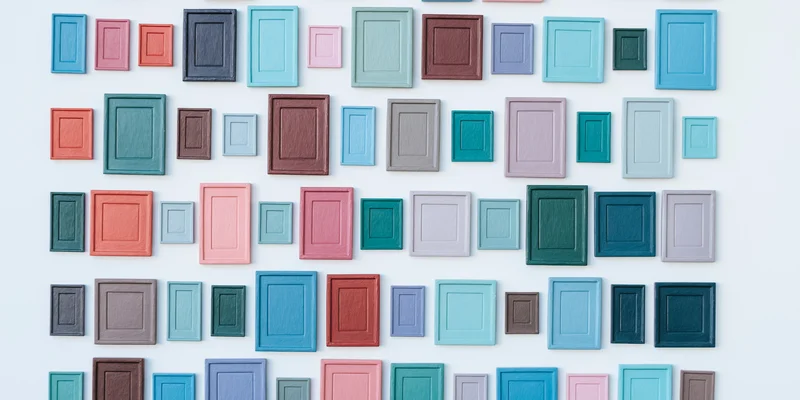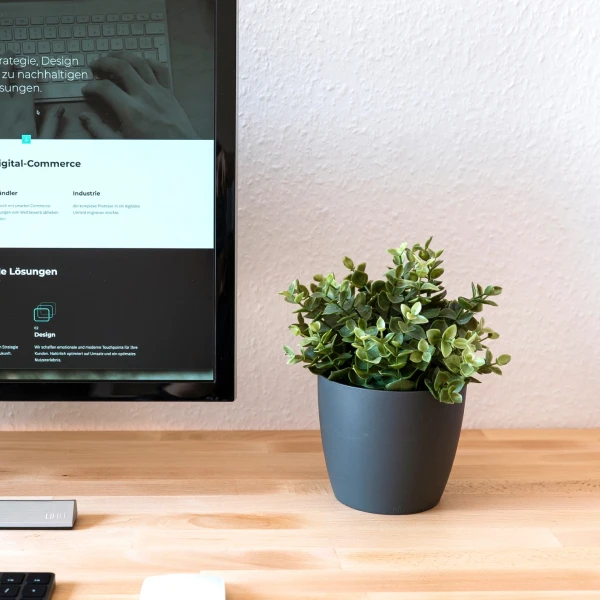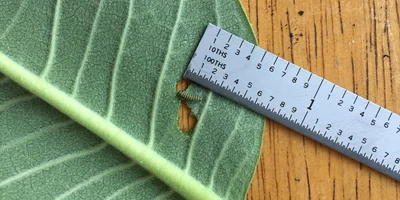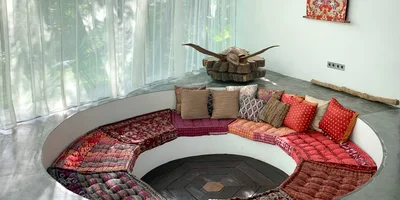Flexbox Cheat Sheet

Container
display: flexordisplay: inline-flex: creates a flex context (or an inline flex context) for direct children of this elementflex-directiondetermines the main and cross axis for the container, valid values are:row(default): horizontal, in the direction of writing (left to right for English)row-reverse: horizontal, in the opposite direction of writing (right to left for English)column: vertical, top to bottomcolumn-reverse: vertical, bottom to top
flex-wrapdetermines if flex items will try to fit in one line, valid values are:nowrap(default): all flex items will be on one linewrap: flex items will wrap onto multiple lines, top to bottomwrap-reverse: flex items will wrap onto multiple lines, bottom to top
flex-flow: shorthand combiningflex-directionandflex-wrap- Formal syntax:
flex-flow: <'flex-direction'> || <'flex-wrap'>
- Formal syntax:
justify-contentdefines the alignment along the main axis, valid values are:flex-start(default): pack flex items from the startflex-end: pack flex items from the endstart: pack items from the startend: pack items from the endleft: pack items from the leftright: pack items from the rightcenter: pack items around the centerspace-around: distribute items evenly with equal space around themspace-between: distribute items evenly with equal space between themspace-evenly: distribute items evenly, ensuring equal space between any two itemsstretch: distribute items evenly, stretching auto-sized items to fit the container
align-itemsdefines the alignment along the cross axis, valid values are:flex-start(default): pack flex items from the startflex-end: pack flex items from the endstart: pack items from the startend: pack items from the endcenter: pack items around the centerbaseline: align items based on their baselinesstretch: stretch items to fill the container
align-contentdefines the alignment of extra space along the cross axis, valid values are:flex-start(default): pack flex items from the startflex-end: pack flex items from the endstart: pack items from the startend: pack items from the endcenter: pack items around the centerspace-around: distribute items evenly with equal space around themspace-between: distribute items evenly with equal space between themspace-evenly: distribute items evenly, ensuring equal space between any two itemsstretch: distribute items evenly, stretching auto-sized items to fit the container
Items
flex-growdetermines how much the item can grow if necessary- Accepts a single positive number (unitless), default value is
0 - Specifies how much of the remaining space in the flex container should be assigned to the item
- The remaining space is the size of the flex container minus the size of all flex items' sizes together
- If all items have the same
flex-grow, all items will receive an equal share of the remaining space - If not all items have the same
flex-grow, the remaining space is distributed according to the ratio defined by these values
- Accepts a single positive number (unitless), default value is
flex-shrinkdetermines how much the items can shrink if necessary- Accepts a single positive number (unitless), default value is
1 - If the size of all flex items is larger than the flex container, items shrink to fit according to
flex-shrink
- Accepts a single positive number (unitless), default value is
flex-basisdetermines the initial size of a flex item before the remaining space is distributed- Can use any valid
widthvalue, intrinsic size values,auto(default) orcontent automeans "look at mywidthorheightproperty", whereascontentis used for automatic sizing
- Can use any valid
flex: shorthand combiningflex-grow,flex-shrinkandflex-basis- Formal syntax:
flex: none | [ <'flex-grow'> <'flex-shrink'>? || <'flex-basis'> ]
- Formal syntax:
align-selfallows the item to override the defaultalign-itemsspecified by the container- Valid values are the same as those of the
align-itemsproperty in the container
- Valid values are the same as those of the
orderdetermines the ordering of the item- Accepts an integer value
- Items in a container are sorted by ascending
ordervalue and then by their source code order - Might cause accessibility issues if used incorrectly



